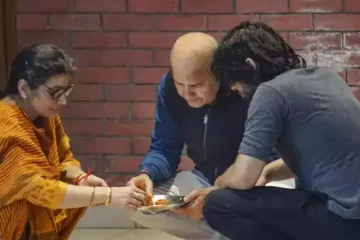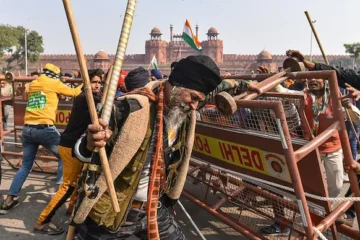West Bengal’s Lok Sabha elections will be held in seven parts between April 19 and June 1, covering 42 constituencies. The first round of the state’s elections will begin in North Bengal on April 19, with Kolkata voting in the last phase on 1 June.
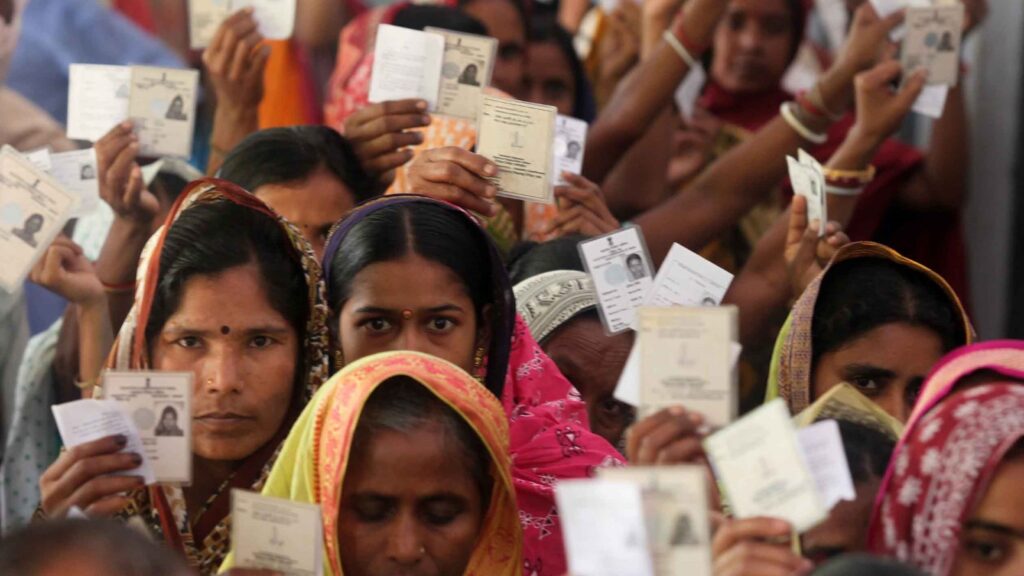
Soon after the vote dates were announced, the ruling Trinamool Congress (TMC) chastised the Election Commission of India (ECI) for holding the elections in the state in seven phases, although other large states held them in one or two phases. The Mamata Banerjee-led party further said that seven stages would allow the BJP to deploy money power in the polls.
A Deep Dive into Lok Sabha Elections in West Bengal
In the vibrant tapestry of Indian politics, West Bengal stands out as a state with a rich history of political movements and ideologies. Lok Sabha elections in West Bengal are not merely contests; they are reflections of the state’s complex socio-political landscape, where identity, ideology, and governance intertwine. This comprehensive exploration delves into the intricacies of Lok Sabha elections in West Bengal, highlighting key aspects from historical perspectives to contemporary trends.
Historical Background
From Independence to the 1970s:
The dominance of the Indian National Congress and the emergence of Communist forces under the leadership of figures like Jyoti Basu.
At a press conference, senior party leader and state minister Chandrima Bhattacharya stated, “We wanted single or two-phase polling in the state.” We believe that a multi-phase election benefits political parties with larger budgets and gives them an advantage over others. The 2021 Assembly elections were held in eight segments, citing the Covid-19 epidemic as the reason. There is no valid reason from the ECI.
1977 and Beyond:
The watershed moment of the Left Front’s victory, marking the beginning of three decades of Communist rule in the state.
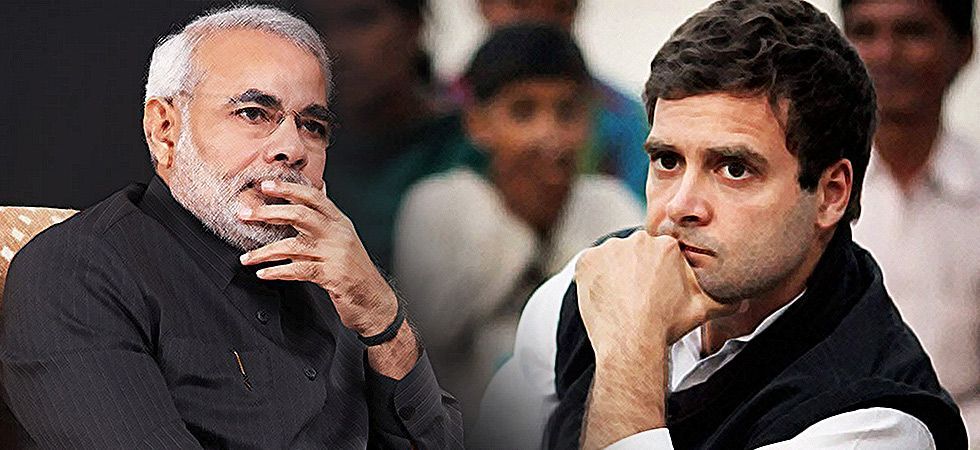
Rise of Regional Forces:
The 21st century witnessed the ascent of regional parties like the Trinamool Congress (TMC), challenging the Left’s hegemony.
Electoral Dynamics:
How socio-economic factors, linguistic diversity, and regionalism shaped the electoral landscape over the decades.
Key Players and Political Parties
- Trinamool Congress (TMC): Led by Mamata Banerjee, TMC emerged as a formidable force, espousing a brand of regionalism.
- Left Front: Despite its waning influence, the Left Front, comprising the Communist Party of India and others, continues to play a significant role.
- Bharatiya Janata Party (BJP): Making steady inroads, particularly.
- In recent years, BJP aims to disrupt the traditional bipolar politics of West Bengal.
- Socio-Political Dynamics
Identity Politics:
The interplay of Bengali nationalism, minority concerns, and the politics of regional identity.
Rural-Urban Divide: Contrasting political preferences and developmental priorities between urban centers like Kolkata and the rural hinterlands.
Role of Youth and Social Media:
The emergence of a politically aware youth demographic and the impact of social media on shaping electoral narratives. Sukhendu Sekhar Ray, Rajya Sabha MP for the TMC, stated that failing to consider the opinions of the state administration constituted a contempt for the country’s federal system. “The state government’s viewpoints were not considered. This is a disdain for the federal framework. This is quite surprising,” he commented. West Bengal held Lok Sabha elections in seven phases between April 11 and May 19, 2019.
Campaign Strategies and Issues
- Ideological Battles: Clash of ideologies ranging from secularism vs. Hindutva to socialism vs. neoliberalism.
- Electoral Strategies: From grassroots mobilization to high-octane rallies, parties employ diverse tactics to woo voters.
- Key Issues: Unemployment, agricultural distress, infrastructure, and law and order emerge as pivotal issues in electoral discourse.
Electoral Outcomes and Trends
- Historical Trends: Analyzing past election results and the ebb and flow of political fortunes in the state.
- TMC’s Dominance: Mamata Banerjee’s charisma and TMC’s organizational strength have secured successive victories in recent elections.
- BJP’s Surge: The BJP’s rise as the principal opposition party, driven by its Hindutva agenda and strategic alliances.
- Left’s Decline: The gradual erosion of Left Front’s support base and its struggle to remain relevant in contemporary politics.
Challenges and Prospects
- Electoral Violence: West Bengal’s history is marred by incidents of electoral violence, posing a significant challenge to free and fair elections.
- Coalition Dynamics: The emergence of coalition politics amidst a multi-cornered contest, influencing post-election scenarios.
- Federal Dynamics: Exploring the implications of state-federal relations on governance and policy implementation post-election.
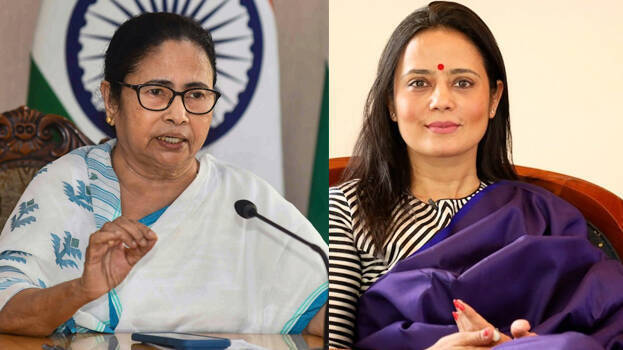
Conclusion
Lok Sabha elections in West Bengal epitomize the intricate interplay of history, identity, and ideology in Indian democracy. As the state gears up for yet another electoral showdown, the dynamics continue to evolve, reflecting the ever-changing aspirations and realities of its diverse populace. In this kaleidoscope of politics, each election is not just a contest for power but a narrative of West Bengal’s journey towards progress and transformation.
TMC criticizes EC’s move, stating seven-phase polling will allow BJP wield money power. explains it in light of the history of political violence in the state.

Bimal Mardi is a Professional Content Writer. He works in First Santal Broadcast Network TV/ News channel in India. Bimal Mardi writes about Technology, Education and Tech Product Reviews

